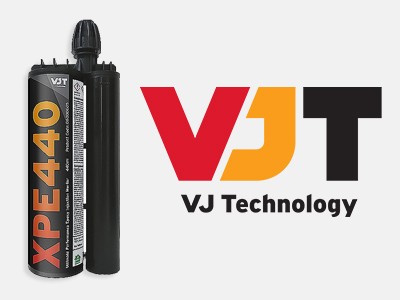What is HAVS? Taking a hold of Hand Arm Vibration
16 January 2020
Around 2 million people in the UK alone are at risk of developing HAVS at some point in their life. Currently, there is no cure for the dibilatating condition. Instead, innovative technology and strict guidelines are being rigorously implemented across construction to try and protect everyone from the devastating effects it can cause.

What’s HAVS?
Hand Arm Vibration Syndrome (HAVS) is a collective term used to describe a specific set of symptoms caused from prolonged exposure to vibration. The condition is common in site labourers who use hand held power tools continuously or in people who working with machinery that vibrates excessively.
What causes HAVS?
Hand Arm Vibration Syndrome is caused when you are frequently exposed to heavy vibrations for a long period of time. In construction, operating tools such as Hammer Drills, Wacker plates and breakers all carry high HAVS exposure ratings and prolonged use can leave operators at an increased risk of developing the condition.
Infrequent or one-off exposures are highly unlikely to pose any form of risk, but guidelines should still be adhered to, to ensure that any possibilities of HAVS are kept to a minimum.
Types of vibrating equipment proven to cause HAVS include:
- Impact Drills
- Grinders
- Sanders
- Breakers
- Hammer Drills
- Powered Mowers
What are the symptoms?
The term ‘HAVS’ is used to describe the collection of symptoms that result from over exposure to hand transmitted vibration. It can be divided into 3 main components.
The Vascular component - includes a distinctive colour change to the fingers that occur from exposure to the cold, also known as Raynaud’s phenomenon. This component was also referred to as Vibrating White Finger.
The Sensorineural component – includes damage to the nerves in the wrist and hand and causes and tingling or numbness sensation in the fingers.
The musculoskeletal component - some researchers also believe that vibration exposure can be linked to the development of Carpal Tunnel Syndrome (CTS), having a similar sensory affect but also affect motor function (the strength of muscles) in the hands.
Who’s at risk?
Anyone who is frequently exposed to vibrating tools, machinery or equipment could be at risk developing from HAVS. Those working in construction, engineering and mining industries are deemed as the most at risk due to the likelihood of regular contact with vibrating machinery, however other industries that also carry a high risk include:
- Forestry
- Utilities
- Vehicle manufacture and repair
- Landscape maintenance
Do you think you’re at risk? Has HAVS already begun to affect you? Let us know here.
Or Contact us today for further information on how to reduce and prevent the effects of HAVS.









